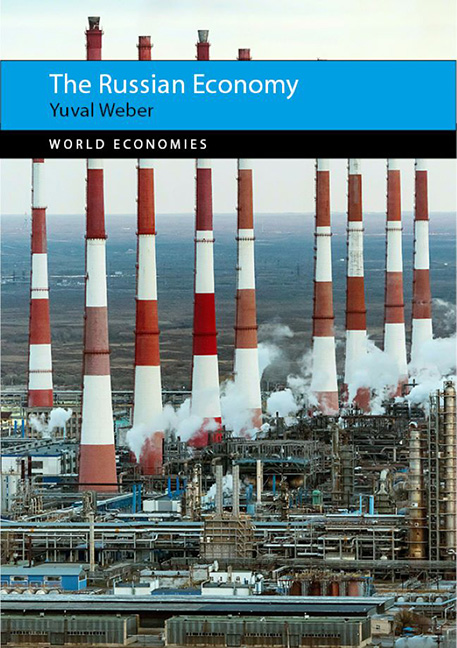Book contents
- Frontmatter
- Contents
- Acknowledgements
- List of Tables and figures
- Map
- Introduction
- 1 Power versus markets
- 2 Russian economic reform in historical perspective
- 3 How Putin’s economy is governed: commanding heights and controlling elites
- 4 Measuring Putin’s economy: the victory of resilience over growth
- 5 Social factors in Putin’s Russia
- 6 The Russia you see is the Russia you get: formalizing informality and informalizing power via sistema
- Conclusion: resilience, war and Russia’s future
- Chronology of Russian history
- Notes
- References
- Index
Conclusion: resilience, war and Russia’s future
Published online by Cambridge University Press: 20 January 2024
- Frontmatter
- Contents
- Acknowledgements
- List of Tables and figures
- Map
- Introduction
- 1 Power versus markets
- 2 Russian economic reform in historical perspective
- 3 How Putin’s economy is governed: commanding heights and controlling elites
- 4 Measuring Putin’s economy: the victory of resilience over growth
- 5 Social factors in Putin’s Russia
- 6 The Russia you see is the Russia you get: formalizing informality and informalizing power via sistema
- Conclusion: resilience, war and Russia’s future
- Chronology of Russian history
- Notes
- References
- Index
Summary
The basic argument of this book has been that Russian political culture is based on leaders optimizing for political stability instead of for economic growth. The first chapter outlined this tension between power and the market through a series of leadership lessons from Russian history. Chapter 2 outlined how, at several points in modern history, Russian leaders adopted market-oriented mechanisms to boost growth when external or internal security, political, or economic conditions threatened that stability, betting that market reforms could be adroitly managed not to threaten political stability. Leaders, from Nicholas II to Vladimir Putin, accomplished this task (mostly) successfully by delegating the reforms to subordinates (reformers), which permitted those leaders the latitude to assess the economic and political consequences of reforms and thereby maintain or end those reforms through personnel moves by keeping the reformers in place or removing the reformers, respectively. The key evidence to the contrary was the experience of Mikhail Gorbachev, who attached his personal brand and prestige to far-reaching economic and political reforms. When those reforms did not produce the success he wanted, he generated opposition from across the entirety of Soviet society: hardliners who felt that the reforms had gone too far and were threatening the Soviet Union’s international position; liberals who felt the reforms did not go far enough in ending the Communist Party’s monopoly on power; and nationalists who wanted freedom from Moscow’s dominance, including, in the end, Russian nationalists who wished to jettison the other economic drain imposed by the other republics. When all of Gorbachev’s opponents agreed that the status quo no longer served their interests, Gorbachev started to face challenges to his leadership that brought the entire Soviet socialist political system to an end.
Chapters 3–5 explained how the current Russian leader, Vladimir Putin, identified Gorbachev’s sincere enthusiasm for reform as the key reason the Soviet Union fell apart. They then explained how Putin rebuilt a system founded on resilience to external and internal challenges that would have been acutely familiar to the Soviet and tsarist leaders who ruled before Gorbachev: Putin optimized political stability by maximizing the extent of the state’s role in the economy and eliminating competition to the state from the international economy, from elite sectors of society, and from the population at large.
- Type
- Chapter
- Information
- The Russian Economy , pp. 209 - 214Publisher: Agenda PublishingPrint publication year: 2023

